The Internet Is Going To Be 3-D Printed In Space, Because Why Not

The internet is going to be 3-D printed in space, because why not
Majestic — a British provider of SEO services — is bringing both their internet graphing and futuristic printing capabilities to the final frontier, basically because they can.
Using a zero gravity-compatible 3-D printer onboard Orbital ATK’s recently launched Cygnus spacecraft, the #MajesticInSpace (MIS) project will produce a three-dimensional “data visualization of the entire internet,” according to SearchEngineLand. It’s expected to look something like the below model. Which is to say, not unlike a melting ice sculpture.
Follow @the-future-now
More Posts from Curiositytherover and Others

Physicists in Germany have built the most accurate timepiece on Earth, achieving unprecedented levels of accuracy with a new atomic clock that keeps time according to the movements of ytterbium ions.
Called an optical single-ion clock, the device works by measuring the vibrational frequency of ytterbium ions as they oscillate back and forth hundreds of trillions times per second between two different energy levels. These ions are trapped within an ‘optical lattice’ of laser beams that allows scientists to count the number of ytterbium 'ticks’ per second to measure time so accurately, the clock won’t lose or gain a second in several billion years.
Until very recently, our most accurate time-keepers were caesium atomic clocks - devices that contain a 'pendulum’ of atoms that are excited into resonance by microwave radiation. It’s on these clocks that the official definition of the second - the Standard International (SI) unit of time - is based.

It’s not (completely) your fault. -ScienceAlert

Staring at the sun does make you go blind. The lens in your eye concentrates the sun’s rays, which burn a permanent blind spot into your retina- just like ants under a magnifying glass. This effect is amplified during a solar eclipse.
It’s called solar retinopathy.
Source
Chasing Storms at 17,500mph
Flying 250 miles above the Earth aboard the International Space Station has given me the unique vantage point from which to view our planet. Spending a year in space has given me the unique opportunity to see a wide range of spectacular storm systems in space and on Earth.
The recent blizzard was remarkably visible from space. I took several photos of the first big storm system on Earth of year 2016 as it moved across the East Coast, Chicago and Washington D.C. Since my time here on the space station began in March 2015, I’ve been able to capture an array of storms on Earth and in space, ranging from hurricanes and dust storms to solar storms and most recently a rare thunder snowstorm.

Blizzard 2016

Hurricane Patricia 2015

Hurricane Joaquin 2015

Dust Storm in the Red Sea 2015

Dust Storm of Gobi Desert 2015

Aurora Solar Storm 2015

Aurora Solar Storm 2016

Thunderstorm over Italy 2015

Lightning and Aurora 2016

Rare Thunder Snowstorm 2016
Follow my Year In Space on Twitter, Facebook and Instagram.




Last Minute Geeky Gifts for the Science Lover in Your Life
Once again, the holiday season is upon us. Unfortunately, this leaves a lot of us at a loss. First, it’s easy to get bogged down by the commercialism that surrounds the season. Second, it’s sometimes difficult to find something that is really meaningful. To that end, here are some science themed gift ideas that you can get your loved ones (or maybe use as a treat for yourself). Some are educational, others are science based charitable contributions, all of them are pretty awesome.
Read more about the fascinating gifts at: http://futurism.com/links/geeky-gifts-for-the-science-lover-in-your-life/

China and the US create a ‘space hotline’ to avoid conflicts


New Research Explains Why the Aurora Has Sudden Bursts of Brightness http://futurism.com/links/new-research-explains-aurora-sudden-bursts-brightness/
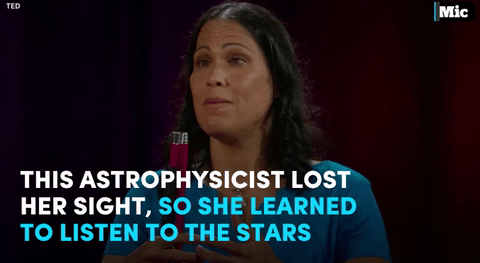



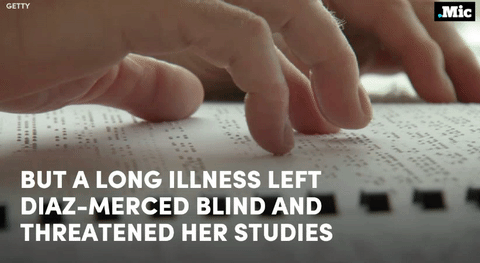

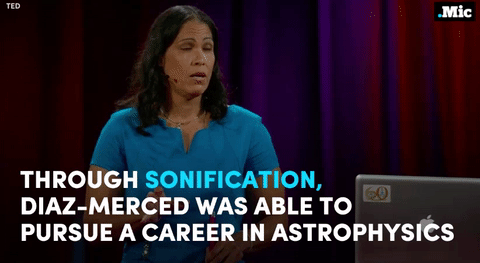




follow @the-future-now
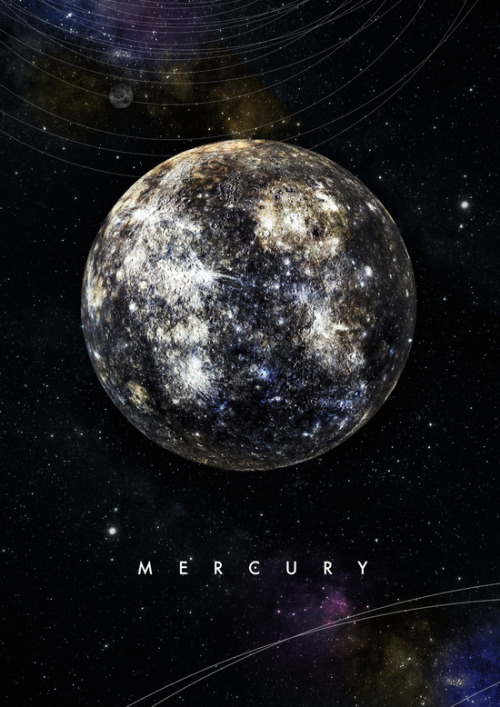
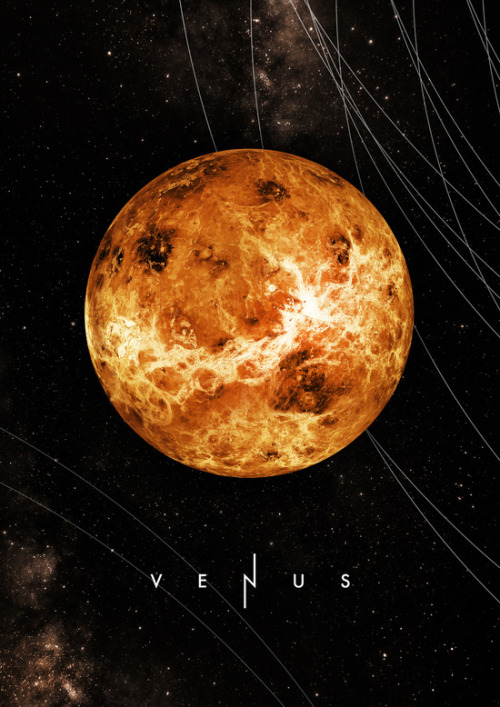
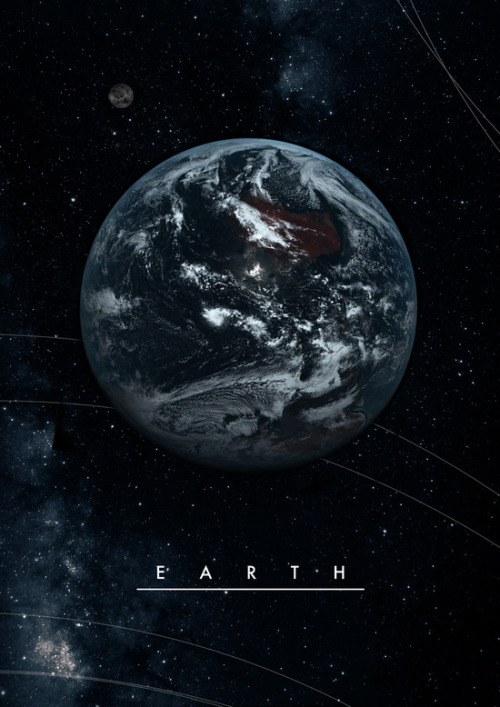
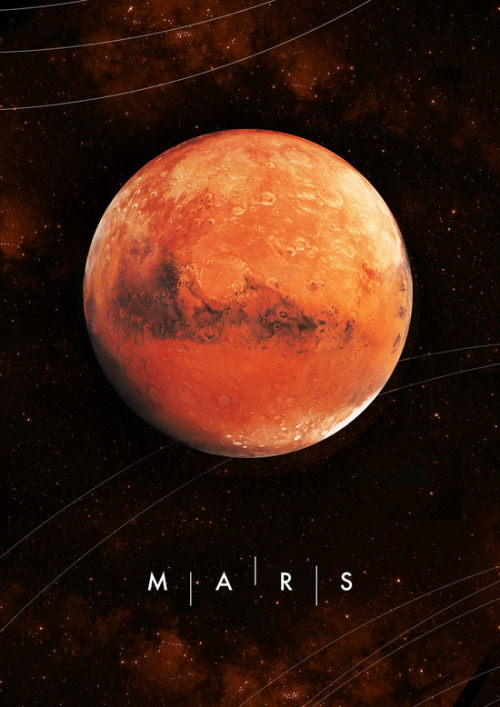
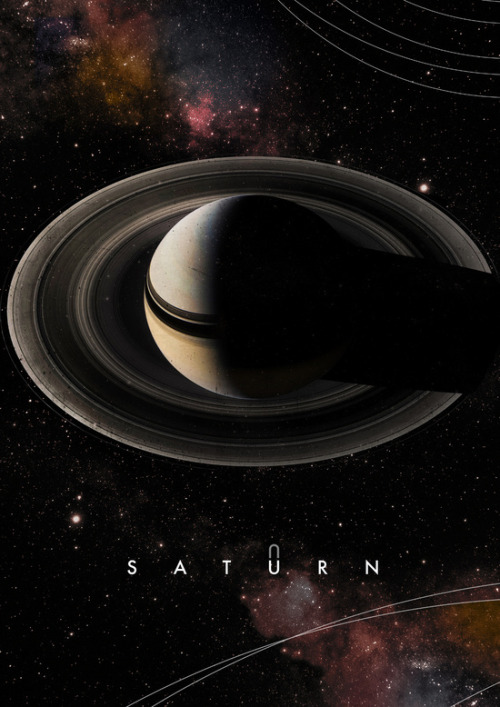
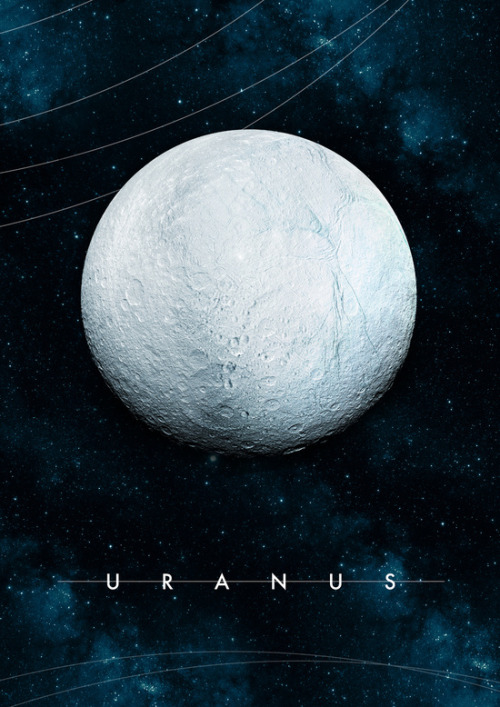
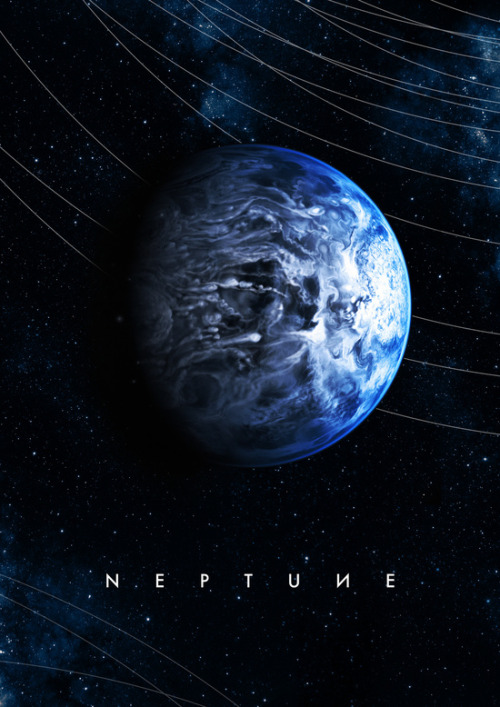

Alexander Pohl
-
 ynnri-blog liked this · 7 years ago
ynnri-blog liked this · 7 years ago -
 nicxrette-blog liked this · 8 years ago
nicxrette-blog liked this · 8 years ago -
 handoverfisttv-blog liked this · 8 years ago
handoverfisttv-blog liked this · 8 years ago -
 thesteampunkturtle-blog liked this · 8 years ago
thesteampunkturtle-blog liked this · 8 years ago -
 kittenlovesplay-blog liked this · 8 years ago
kittenlovesplay-blog liked this · 8 years ago -
 thoughtsofme liked this · 8 years ago
thoughtsofme liked this · 8 years ago -
 3dprinting4me liked this · 8 years ago
3dprinting4me liked this · 8 years ago -
 yingcao3349-blog liked this · 8 years ago
yingcao3349-blog liked this · 8 years ago -
 nordevx-blog liked this · 9 years ago
nordevx-blog liked this · 9 years ago -
 yourbestdeal liked this · 9 years ago
yourbestdeal liked this · 9 years ago -
 shadowbunn01-blog liked this · 9 years ago
shadowbunn01-blog liked this · 9 years ago -
 irisjay reblogged this · 9 years ago
irisjay reblogged this · 9 years ago -
 jecroisauxlicornes reblogged this · 9 years ago
jecroisauxlicornes reblogged this · 9 years ago -
 almondandpistachio95 reblogged this · 9 years ago
almondandpistachio95 reblogged this · 9 years ago -
 oshinytomato reblogged this · 9 years ago
oshinytomato reblogged this · 9 years ago -
 danimoxie liked this · 9 years ago
danimoxie liked this · 9 years ago -
 geetum61 liked this · 9 years ago
geetum61 liked this · 9 years ago -
 s-g-f reblogged this · 9 years ago
s-g-f reblogged this · 9 years ago -
 captnawsm liked this · 9 years ago
captnawsm liked this · 9 years ago -
 butchrosser liked this · 9 years ago
butchrosser liked this · 9 years ago -
 ghost-in-a-pinata liked this · 9 years ago
ghost-in-a-pinata liked this · 9 years ago -
 veggietearian-blog liked this · 9 years ago
veggietearian-blog liked this · 9 years ago -
 potatoxslayer liked this · 9 years ago
potatoxslayer liked this · 9 years ago -
 petitpoistyrannique liked this · 9 years ago
petitpoistyrannique liked this · 9 years ago -
 awfullybigadventure9 reblogged this · 9 years ago
awfullybigadventure9 reblogged this · 9 years ago -
 theoryofrain reblogged this · 9 years ago
theoryofrain reblogged this · 9 years ago -
 cumulatedbrainwaves liked this · 9 years ago
cumulatedbrainwaves liked this · 9 years ago -
 buttonlabs liked this · 9 years ago
buttonlabs liked this · 9 years ago -
 vrmin liked this · 9 years ago
vrmin liked this · 9 years ago -
 mtcv liked this · 9 years ago
mtcv liked this · 9 years ago -
 ephemeralcanvas reblogged this · 9 years ago
ephemeralcanvas reblogged this · 9 years ago -
 akela-norine liked this · 9 years ago
akela-norine liked this · 9 years ago